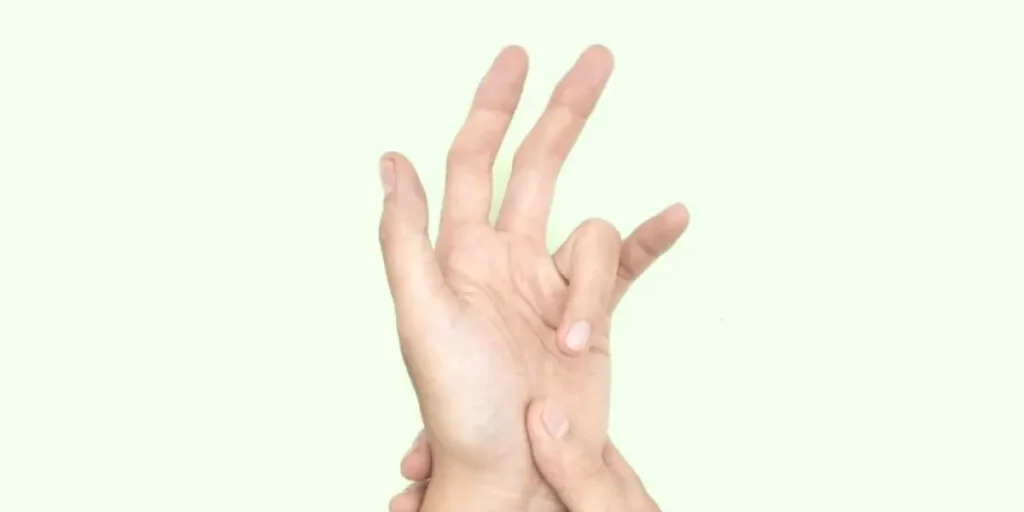A flexor tendon injury occurs when the tendons that connect the muscles in your forearms to your fingers are torn or damaged. This is how tendons that are responsible for the bending of your finger impact the hand’s function.
What Are The Causes Of A Flexor Tendon Injury?
Flexor tendon injury could be caused due to many reasons-

Find More: What Is Brown Adipose Tissue? Functions And Significance
Symptoms Of Flexor Tendon Injury
The symptoms of flexor tendon injury include-
Find More: Fibromyalgia Rash On Face: Identification And Soothing Treatments
Flexon Tendon Injury Rehabilitation At Home
Rehabilitating a flexon tendon injury at home requires a structured approach that combines self-care measures, exercises, and a gradual progression of movement. It could include-
- Immobilization and rest- Initially, your healthcare provider may recommend immobilizing it with a cast. Ask the doctor about how long you need to keep it immobilized. It could be with or without a cast.
- Wound care- If the tendon injury is a result of a cut, keep the site clean and dry. Change the dressings regularly.
- Pain management- You could use over-the-counter medications to make sure you are not in any pain. If that isn’t working for you, you should talk to your healthcare worker.
- Finger exercises- Once the wound has healed and you are ready for physical therapy, start doing finger exercises. Perform them at least 2-3 times a day. Start with flexion which includes gently folding the finger into a fist, resting it for a while, and then straightening it right back. You could then try extension which includes opening your hands to straighten the affected finger. Individual finger exercises comprise the activity of moving each finger. All this should be done while exercising caution. You shouldn’t rush it and wait until the pain resides.g
- Tendon gliding exercises- These include forming different kinds of fists like hook fists or full fists to improve the sliding and gliding of the flexor tendon under the tendon sheath.
- Gradual progression- As you progress with your exercises and notice improvement, consult with a doctor or physical therapist. To increase the intensity and duration of the exercises, you should keep an eye on your improvement.
- Cold compression there is swelling you could use cold compress to reduce it significantly. Try this for the first 48 hours without fail.
- Hand elevation- Always keep your hand at an elevated position to reduce the swelling and the pain.
Conclusion
Remember that rehabilitation is a gradual process and it’s important to avoid pushing your hand too hard too soon. That could hinder the recovery and can even undo all your work. If the pain worsens you should consider going to the hospital and then try on the home rehabilitation methods.